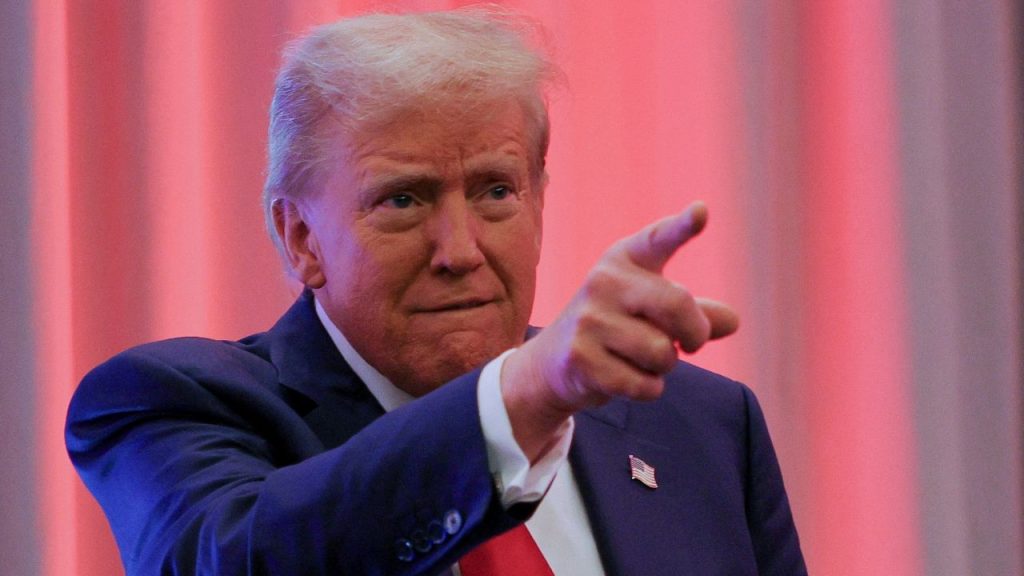The Trump administration has unveiled plans for a new travel ban targeting citizens from 43 countries. This initiative, reminiscent of the 2017 travel restrictions, is part of a broader effort to bolster national security. The proposed ban categorizes nations into three distinct groups—red, orange, and yellow—each facing varying levels of entry restrictions.
Red List: Total Visa Suspension
The red group comprises 11 countries whose nationals would be entirely barred from entering the United States. These nations include Afghanistan, Iran, Sudan, Syria, Libya, Cuba, Bhutan, Venezuela, North Korea, Yemen, and Somalia. The administration cites concerns over inadequate information sharing and potential security threats as reasons for their inclusion.
Orange List: Partial Visa Restrictions
The orange group consists of 10 countries that would face significant visa restrictions, particularly affecting tourist, student, and certain immigrant visas. The countries in this category are Russia, Belarus, Myanmar, Sierra Leone, South Sudan, Pakistan, Laos, Turkmenistan, Haiti, and Eritrea. These nations have been identified due to specific security deficiencies that necessitate heightened scrutiny.
Yellow List: 60-Day Compliance Window
The yellow group includes 22 countries that have been given a 60-day period to address identified security concerns. Failure to comply may result in future travel restrictions. The nations in this category are Angola, Antigua and Barbuda, Benin, Burkina Faso, Cambodia, Cameroon, Cape Verde, Chad, the Republic of Congo, the Democratic Republic of Congo, Dominica, Equatorial Guinea, Gambia, Liberia, Malawi, Mali, Mauritania, St. Kitts and Nevis, St. Lucia, São Tomé and Príncipe, Vanuatu, and Zimbabwe.
Exclusions and Notable Omissions
Notably, several African economic powerhouses such as Nigeria, South Africa, Algeria, and Egypt are excluded from the proposed ban. This exclusion has sparked discussions regarding the criteria used to determine the list, especially considering the inclusion of countries like Bhutan and Cuba, which have not been traditionally associated with significant security threats to the U.S.
Historical Context and Legal Challenges
This proposal echoes the Trump administration’s initial travel ban in 2017, which faced numerous legal challenges and widespread protests. The original ban targeted predominantly Muslim-majority countries, leading to accusations of religious discrimination. The Supreme Court eventually upheld a revised version of the ban in 2018. The current proposal’s broader scope indicates an expansion beyond the original parameters, potentially to mitigate allegations of bias.
Potential Impact on Affected Nations
The proposed travel restrictions could have significant diplomatic and economic repercussions. Countries on the red and orange lists may experience strained relations with the United States, affecting bilateral trade, tourism, and educational exchanges. For instance, Russia and Belarus, both in the orange category, are likely to view these restrictions as politically motivated, potentially leading to retaliatory measures.
Domestic and International Reactions
The proposal has elicited mixed reactions domestically and internationally. Supporters argue that the ban is a necessary measure to protect national security and ensure the safety of American citizens. Critics, however, contend that such sweeping restrictions may be discriminatory and counterproductive, potentially alienating allied nations and fueling anti-American sentiments. Legal experts anticipate a new wave of challenges, questioning the constitutionality and ethical implications of the ban.
Conclusion
As the Trump administration moves forward with its plans to implement this extensive travel ban, the coming weeks are likely to witness intense debates and legal battles. The global community will be closely monitoring the situation, assessing the implications for international relations, security, and human rights. The administration’s final decision and the subsequent reactions will undoubtedly shape the future of U.S. immigration policy and its standing on the world stage.












